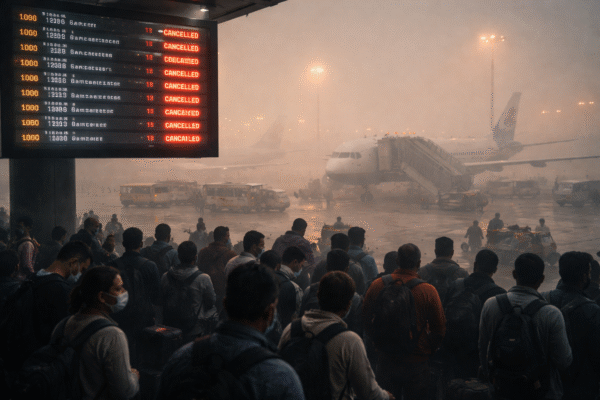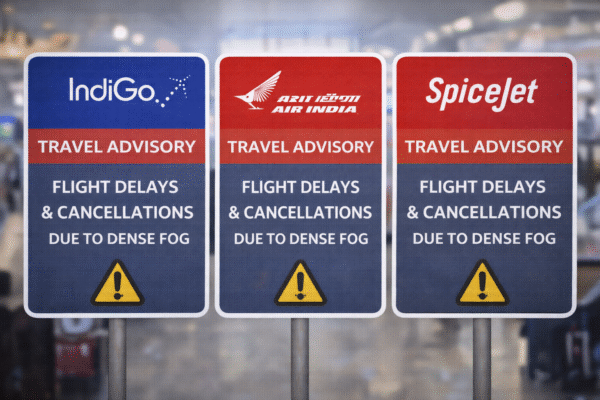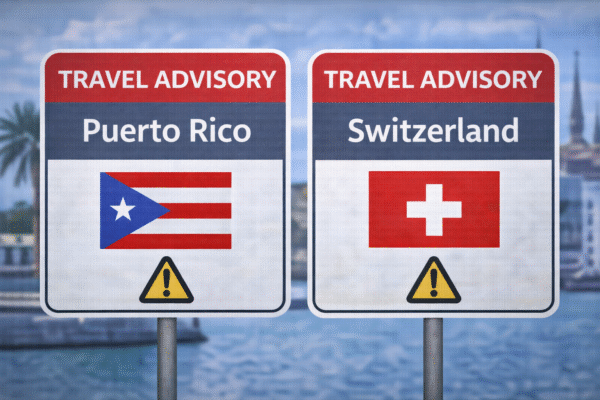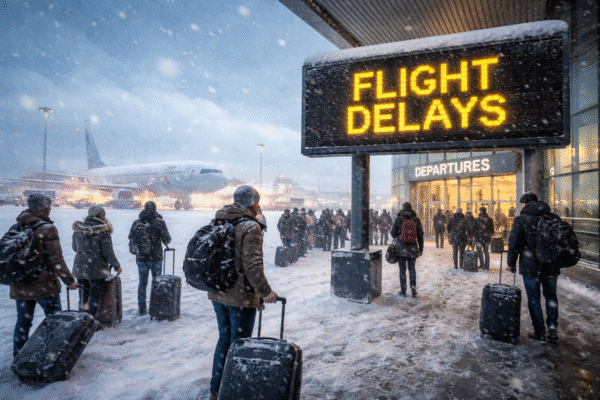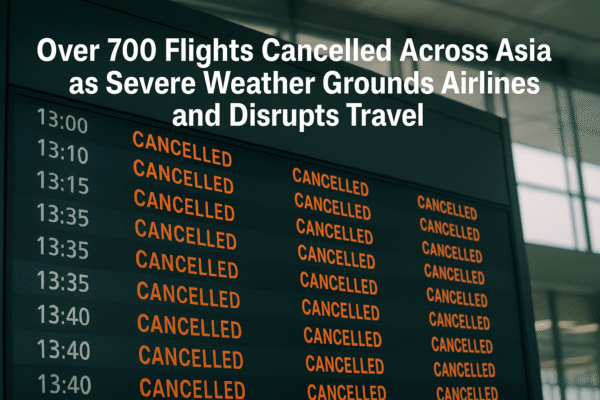July 21, 2025 — Asia-Pacific Region — A wave of extreme weather has thrown Asia’s aviation sector into disarray, grounding hundreds of flights and stranding thousands of passengers across the region. As of Sunday, more than 700 flight cancellations and hundreds more delays have been reported due to severe storms, heavy rainfall, lightning, and poor visibility affecting key international and domestic air travel hubs.
Among the hardest-hit airlines were major global and regional carriers including Air Japan, AirAsia, Singapore Airlines, Emirates, Cathay Pacific, Saudia, United Airlines, and China Eastern, with cascading delays reported across 12 of Asia’s busiest airports.
Aviation Gridlock Hits Asia’s Major Airports
Airports in Hong Kong, Shanghai, Beijing, Shenzhen, Bangkok, and Kunming bore the brunt of the weather crisis, experiencing both weather-triggered shutdowns and air traffic control slowdowns.
🔍 Breakdown of Impact at Key Airports:
- Hong Kong International Airport (HKG):
- Delays: 423 | Cancellations: 273
- Cathay Pacific cancelled nearly half of its daily operations. Passengers reported chaotic queues, poor communication, and hours-long waits for rebooking.
- Shenzhen Bao’an International Airport (SZX):
- Delays: 239 | Cancellations: 215
- China Eastern faced catastrophic disruption with over 90% of flights affected.
- Shanghai Pudong International Airport (PVG):
- Delays: 390 | Cancellations: 56
- Singapore Airlines, Emirates, and Cathay Pacific rescheduled multiple international departures.
- Shanghai Hongqiao International Airport (SHA):
- Delays: 154 | Cancellations: 50
- Domestic routes were severely hampered, affecting business travelers across eastern China.
- Kunming Changshui International Airport (KMG):
- Delays: 350 | Cancellations: 28
- Dense fog and storms delayed both inbound and outbound travel, especially for flights to Southeast Asia.
- Suvarnabhumi Bangkok Airport (BKK):
- Delays: 294 | Cancellations: 25
- Thai Airways and Cathay Pacific suspended multiple flights, adding pressure on regional travel networks.
- Beijing Capital and Daxing Airports:
- Combined Delays: 375 | Cancellations: 66
- Northern China’s growing air traffic was slowed by poor visibility and storm systems moving inland.
Airlines Struggle with Cascading Disruptions
China Eastern, Cathay Pacific, and AirAsia reported the highest number of flight cancellations. Singapore Airlines and Emirates, though less affected, had to rebook hundreds of long-haul travelers via their regional partners or refund disrupted passengers.
Flight Disruptions by Carrier (Estimates):
| Airline | Delays | Cancellations |
|---|---|---|
| China Eastern | 400+ | 60+ |
| Cathay Pacific | 15+ | 2 |
| Singapore Airlines | 30+ | Several |
| AirAsia | 12+ | Few |
| Emirates | 10+ | 2+ |
| United Airlines | 10+ | 1–2 |
| Japan Airlines | Limited | Minor |
| Saudia | Minor | Few |
Passengers shared images and videos of packed terminals, unmoving check-in lines, and aircraft held at gates with no crew. At Shanghai Pudong, some travelers were stranded onboard for over three hours due to unavailable gates.
Infrastructure Vulnerabilities and Operational Gaps
While the storms were the immediate cause of the breakdown, analysts warn that Asia’s rapid aviation growth has outpaced infrastructure upgrades.
Key Challenges Identified:
- Overloaded Air Corridors: Overcapacity in East Asia’s skies caused bottlenecks.
- Air Traffic Control Staffing Shortfalls: Post-pandemic recovery hasn’t kept pace with demand.
- Ground Operations Delays: Refueling, gate availability, and baggage handling backlogs worsened.
- Limited Runway Slots: Major hubs like Pudong and Shenzhen reached maximum scheduling density.
According to the International Air Transport Association (IATA), Asian airports have been slow to invest in weather-resilient systems and dynamic slot management, both of which are critical during climate-induced travel volatility.
Airlines Respond with Waivers and Recovery Protocols
To manage the chaos, several airlines issued emergency waivers:
- Singapore Airlines and Cathay Pacific offered fee-free rebooking and flexible travel vouchers.
- Emirates extended full refunds for flights cancelled within the 24-hour window.
- AirAsia redirected passengers through alternative regional hubs including Kuala Lumpur and Hanoi.
Despite these efforts, many passengers expressed frustration over a lack of timely updates and inadequate customer service responses, particularly at Chinese and Thai airports.
A Wake-Up Call for Asia’s Aviation Sector
This event serves as a stark reminder of how climate change is accelerating weather volatility, threatening travel reliability in Asia’s most economically vital hubs.
Recommendations for Future Resilience:
- Investment in AI-powered weather forecasting and route adjustment tools.
- Upgrading communication systems for real-time passenger alerts.
- Expanding gate and runway capacity at overstretched airports.
- Establishing regional weather contingency protocols through ASEAN and CAAC coordination.
According to Vietnam’s Civil Aviation Authority and Singapore’s Changi Airport Group, collaborative regional solutions will be crucial in preventing another breakdown of this scale.
What Travelers Should Do Now
With recovery still underway, affected passengers are urged to:
- Monitor their flight status directly through airline apps or flight-tracking websites.
- Contact airlines for rebooking or alternative route options.
- Remain flexible with itineraries and plan for extended wait times at airports.
- Review travel insurance policies that cover weather-related delays or cancellations.
Final Thought
The mass disruption in Asia’s airspace this weekend underscores a pressing reality: as weather events grow more erratic, both infrastructure and airline operations must evolve. Without swift reforms, the region’s status as a global travel hub risks turbulence of its own making.
For more travel news like this, keep reading Global Travel Wire





